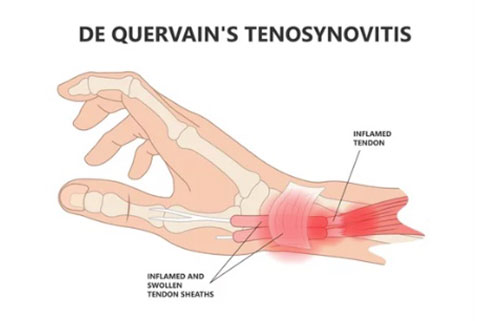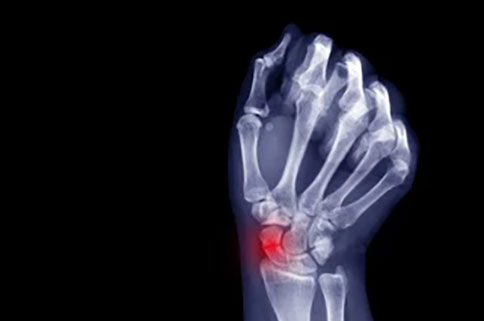
Dislocating your finger is a common injury and occurs when the bones in your finger are moved (dislocated) from their normal position. A dislocated finger can occur in any of the joints of any finger, but it occurs most often in the middle knuckle of the little, ring, middle, or index finger.
Symptoms of a dislocated finger
The symptoms of a dislocated finger may include:
- Pain or tenderness at the joint
- Swelling or bruising around the joint
- Difficulty moving the finger
- A visibly deformed or misaligned finger
Treating a dislocated finger
Treatment for a dislocated finger may include:
- Reducing the dislocation: This involves manually manipulating the bones back into their normal position. This should be done by a healthcare professional and not attempted at home.
- Immobilising the finger: A splint or brace may be used to keep the finger in place and prevent further injury.
- Resting and elevating the finger: Resting the finger and elevating it above heart level can help reduce swelling and pain.
- Pain management: Over-the-counter pain medications such as acetaminophen or nonsteroidal anti-inflammatory drugs (NSAIDs) may be recommended to help manage pain and inflammation.
- Rehabilitation: Physical therapy or occupational therapy may be necessary to restore finger strength and function after a dislocation.
In severe cases, surgery may be required to repair damage to the joint and surrounding structures.
The type of surgery used to treat a dislocated finger depends on the nature and severity of the injury. Some common surgical procedures Dr Singh may perform to treat dislocated fingers include:
Closed reduction: This involves manually manipulating the bones back into their normal position under anaesthesia. This procedure may be done with the use of imaging techniques, such as X-ray or ultrasound, to guide the surgeon.
Open reduction and internal fixation: This involves making an incision to access the dislocated joint and using hardware such as pins, screws, or plates to hold the bones in place while they heal.
Joint replacement: In some cases, if the damage to the joint is severe, a joint replacement surgery may be necessary to replace the damaged joint with an artificial joint.
After surgery, a period of immobilisation and rehabilitation will be necessary to allow the finger to heal properly and regain function. This may involve wearing a splint or brace, undergoing physical therapy or occupational therapy, and taking pain medications as needed. The recovery time varies depending on the severity of the injury and the type of surgery performed. It is important to follow all post-operative instructions provided by Dr Singh to ensure a full and successful recovery.
 Christmas Operating Hours
Christmas Operating Hours 



















